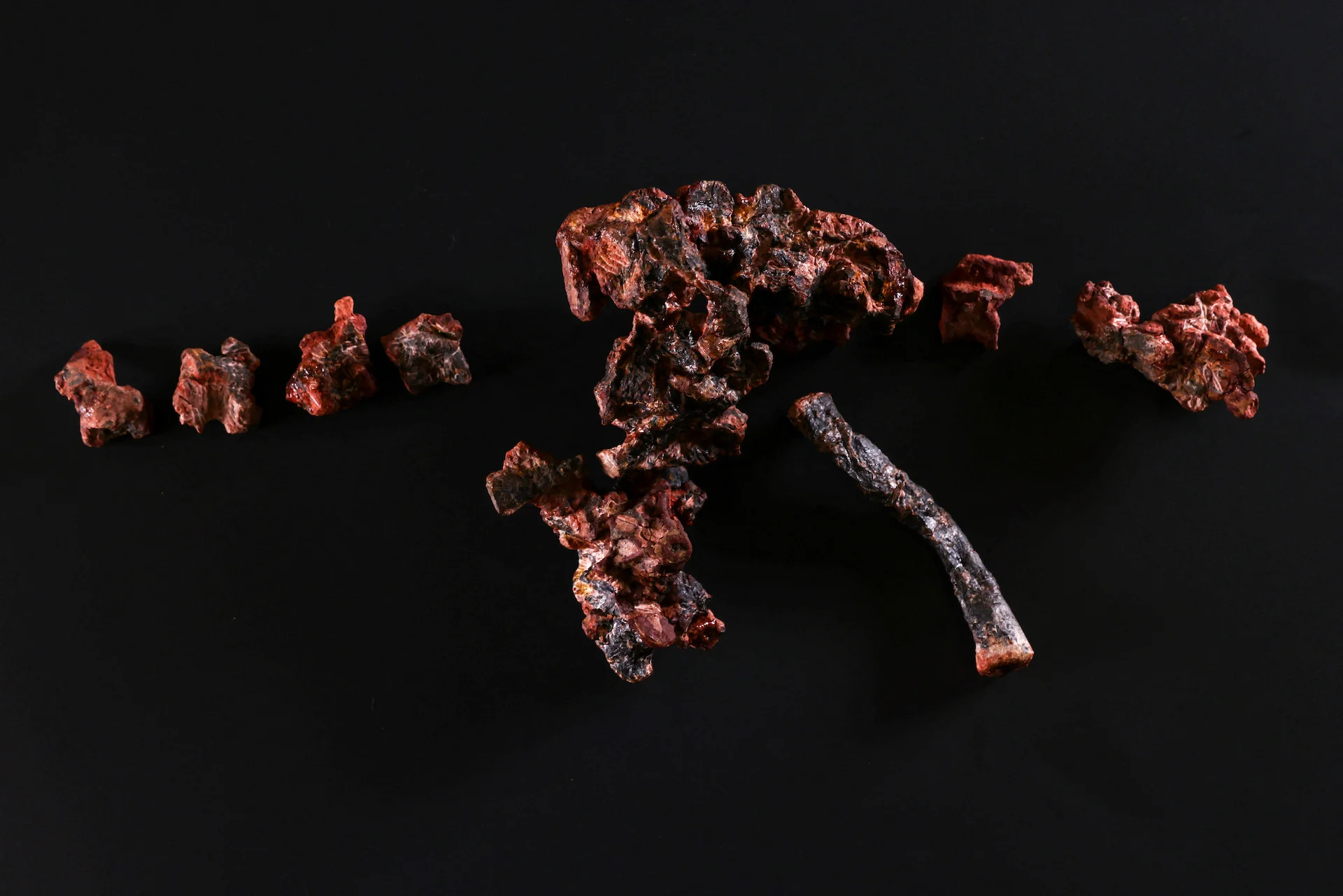
One of the world's oldest fossils could help explain rise of the dinosaurs
By Sergio Queiroz and Diego Vara
SAO JOAO DO POLESINE, Brazil (Reuters) - Scientists in Brazil announced the discovery of one of the world's oldest fossils believed to belong to an ancient reptile dating back some 237 million years that could help explain the rise of the dinosaurs.
Named Gondwanax paraisensis, the four-legged reptile species was roughly the size of a small dog with a long tail, or about 1 meter (39 inches) long and weighing between 3 and 6 kg (7 to 13 pounds), the scientists said in a statement on Monday.
SEE ALSO: Ancient meteorite was 'giant fertilizer bomb' for life on Earth
The small reptile would have likely roamed the land of what is today southern Brazil, when the world was much hotter.
The fossil has been identified as a new silesaurid, an extinct group of reptiles. Paleontologists debate whether silesaurids were true dinosaurs or possibly a precursor to the creatures that once dominated the Earth.

Paleontologist from the Federal University of Santa Maria, Rodrigo Temp Muller, holds a fossil called Gondwanax paraisensis, a species that lived 237 million years ago and was a precursor to dinosaurs, in the Cappa laboratory (Support Center for Paleontological Research of the Quarta Colonia), in Sao Joao do Polesine, Rio Grande do Sul state, Brazil, October 8, 2024. REUTERS/Diego Vara
"Understanding the characteristics of these precursors could shed light on what was crucial for the dinosaurs' evolutionary success," the statement said.
Unearthed in a rock layer dating back to the Triassic period, between 252 million and 201 million years ago, the Gondwanax paraisensis fossil comes from the time when dinosaurs as well as mammals, crocodiles, turtles and frogs first arose.
In 2014, physician Pedro Lucas Porcela Aurelio found the fossil in the town of Paraiso do Sul in Brazil's southernmost Rio Grande do Sul state.
He donated it to a local university in 2021, kicking off three years of research.
"Being the first human to touch something from 237 million years ago is extraordinary," Aurelio told Reuters.

A drone view shows paleontologist Rodrigo Temp Muller and geologist Jossano de Rosso Morais, both from the Federal University of Santa Maria, search for fossils at the archaeological site, where fossils of the Gondwanax paraisensis, a species that lived 237 million years ago and was a precursor to dinosaurs, were discovered in the city of Paraiso do Sul, of Rio Grande do Sul state, Brazil, October 9, 2024. REUTERS/Diego Vara
"It's an indescribable feeling," said the self-described paleontology buff since childhood.
The discovery is detailed in an article by paleontologist Rodrigo Temp Müller published late last month in the scientific journal Gondwana Research.
"The most important part of this finding is its age," Müller said in an interview. "Because it's so old, it gives us clues as to how dinosaurs came to be."
He added that the remains were covered by a thick layer of rock when donated by Aurelio and initially only parts of the vertebrae were visible.
Gondwanax means "lord of Gondwana," referring to the Gondwana landmass in the southern region of the supercontinent Pangaea before the continents broke apart, while paraisensis honors the town of Paraiso do Sul.
(Reporting by Sergio Queiroz and Diego Vara; Editing by David Alire Garcia and Sandra Maler)
Thumbnail courtesy of REUTERS/Diego Vara.










